Lightning Round 2
4:00 PM - 4:30 PM(GMT-07:00) View in my timeLightning Round 2
Event Details
Human Footprint-Landscape Change Analysis, Zoran Stanojevic Investigations of biophysical changes on earth caused by anthropogenic disturbance provide governments with tools to generate sustainable development policy. Canada currently experiences one of the
Event Details
Human Footprint-Landscape Change Analysis, Zoran Stanojevic
Investigations of biophysical changes on earth caused by anthropogenic disturbance provide governments with tools to generate sustainable development policy. Canada currently experiences one of the fastest rates of boreal forest disturbance in the world. We explore how disturbance rate, and the accuracy with which we detect it, may affect conservation success. We performed a change detection analysis from 1992 to 2008 using Landsat and SPOT satellite image data processing. Our analyses show that by 2008 78% of the boreal forest was disturbed and that, if the current rate continues, 100% would be disturbed by 2028. Based on analyses used in the provincial plan, we apply a 250 m buffer around anthropogenic footprints. Landsat image analysis indicates that the yearly addition of disturbance is 714 km2 (0.8%). The higher resolution SPOT images show fine-scale disturbance indicating that actual disturbance was 1.28 times greater than detected by Landsat. Our results show that policies for sustainable development will likely fail if governments do not develop time frames that are grounded by accurate calculations of disturbance rates.
GIS for Unmarked Graves Investigations: Communication, Connection, Landscape, and Story, Talish Chaput
Geographic information systems are an incredibly useful and important tool available to Indigenous communities to help investigate unmarked graves around residential schools, especially with regard to managing geospatial data generated during geophysical surveys. However, GIS can also be a powerful tool to facilitate communication between stakeholders, connect communities with resources, reconstruct the historical landscape, and tell the stories of the children who attended these schools. This presentation will explore some of the ways GIS can be used to support Nations in all stages of their investigations.
more
Location
Enoch Ballroom
Speakers for this event
-
Talisha Chaput
Talisha Chaput
Program Coordinator, Institute of Prairie and Indigenous Archaeology
Talisha is a Métis/French woman currently living in Amiskwaciwâskahikan with family connections to Treaty 6 and Treaty 1 territories. She graduated from the University of Alberta in 2019 with her Master’s degree in Anthropology. She has a varied background with expertise in faunal analysis, stable isotope analysis, and geospatial technologies. Currently, she works as the Program Coordinator at the Institute of Prairie and Indigenous Archaeology at the University of Alberta where her focus is to facilitate community engagement and capacity-building for Nations that are interested in using science and technology to answer archaeological questions.
Program Coordinator, Institute of Prairie and Indigenous Archaeology
-
Zoran Stanojevic
Zoran Stanojevic
Senior GIS Analyst, Solstice Environmental Management
Mr. Stanojevic has more than 20 years of experience as a GIS/Remote Sensing Specialist; he is an innovative professional with extensive knowledge in Esri ArcGIS online, Pro and Desktop, QGIS and Erdas Imagine and proficient in Remote Sensing and Image Interpretation. After completing his master’s degree in forestry, with a special focus in Remote Sensing and GIS, Mr. Stanojevic has worked with a range of clients. He has worked with government, academia, and private companies to provide the information required to make complicated industry-based decisions. He has experience in project management, design methodology and modeling, database, data migration, GPS data collection, field surveys… He analyzes complex data and technical problems and make sound technical decisions as well as produce high quality maps, posters, power point presentations and reports for stakeholders and upper management. Among many national and international projects to which he has contributed, a key highlight of Mr. Stanojevic’s experience is leading the world’s largest landscape area analysis of anthropogenic changes across Quebec, Manitoba, Saskatchewan and Alberta. The results gathered from the landscape change analysis were used in habitat modeling, habitat fragmentation and loss analysis, TLU mapping, land use planning, EIA/BIA – cumulative effects assessments, and reviews. He also developed and executed a methodology for the Avian Hazard Mapping and Risk Assessment for the Oil Sands Region and worked in a partnership with World Resource Institute and Global Forest Watch to map intact areas in boreal forests.
Senior GIS Analyst, Solstice Environmental Management
Schedule
- Day 1
- November 22, 2022
4:00pm Lightning Round 24:00pm - 4:30pmHuman Footprint-Landscape Change Analysis, Zoran Stanojevic Investigations of biophysical changes on earth caused by anthropogenic disturbance provide governments with tools to generate sustainable development policy. Canada currently experiences one of the fastest rates of boreal forest disturbance in the world. We explore how disturbance rate, and the accuracy with which we detect it, may affect conservation success. We performed a change detection analysis from 1992 to 2008 using Landsat and SPOT satellite image data processing. Our analyses show that by 2008 78% of the boreal forest was disturbed and that, if the current rate continues, 100% would be disturbed by 2028. Based on analyses used in the provincial plan, we apply a 250 m buffer around anthropogenic footprints. Landsat image analysis indicates that the yearly addition of disturbance is 714 km2 (0.8%). The higher resolution SPOT images show fine-scale disturbance indicating that actual disturbance was 1.28 times greater than detected by Landsat. Our results show that policies for sustainable development will likely fail if governments do not develop time frames that are grounded by accurate calculations of disturbance rates. GIS for Unmarked Graves Investigations: Communication, Connection, Landscape, and Story, Talish Chaput Geographic information systems are an incredibly useful and important tool available to Indigenous communities to help investigate unmarked graves around residential schools, especially with regard to managing geospatial data generated during geophysical surveys. However, GIS can also be a powerful tool to facilitate communication between stakeholders, connect communities with resources, reconstruct the historical landscape, and tell the stories of the children who attended these schools. This presentation will explore some of the ways GIS can be used to support Nations in all stages of their investigations.Speakers: Talisha Chaput, Zoran Stanojevic
